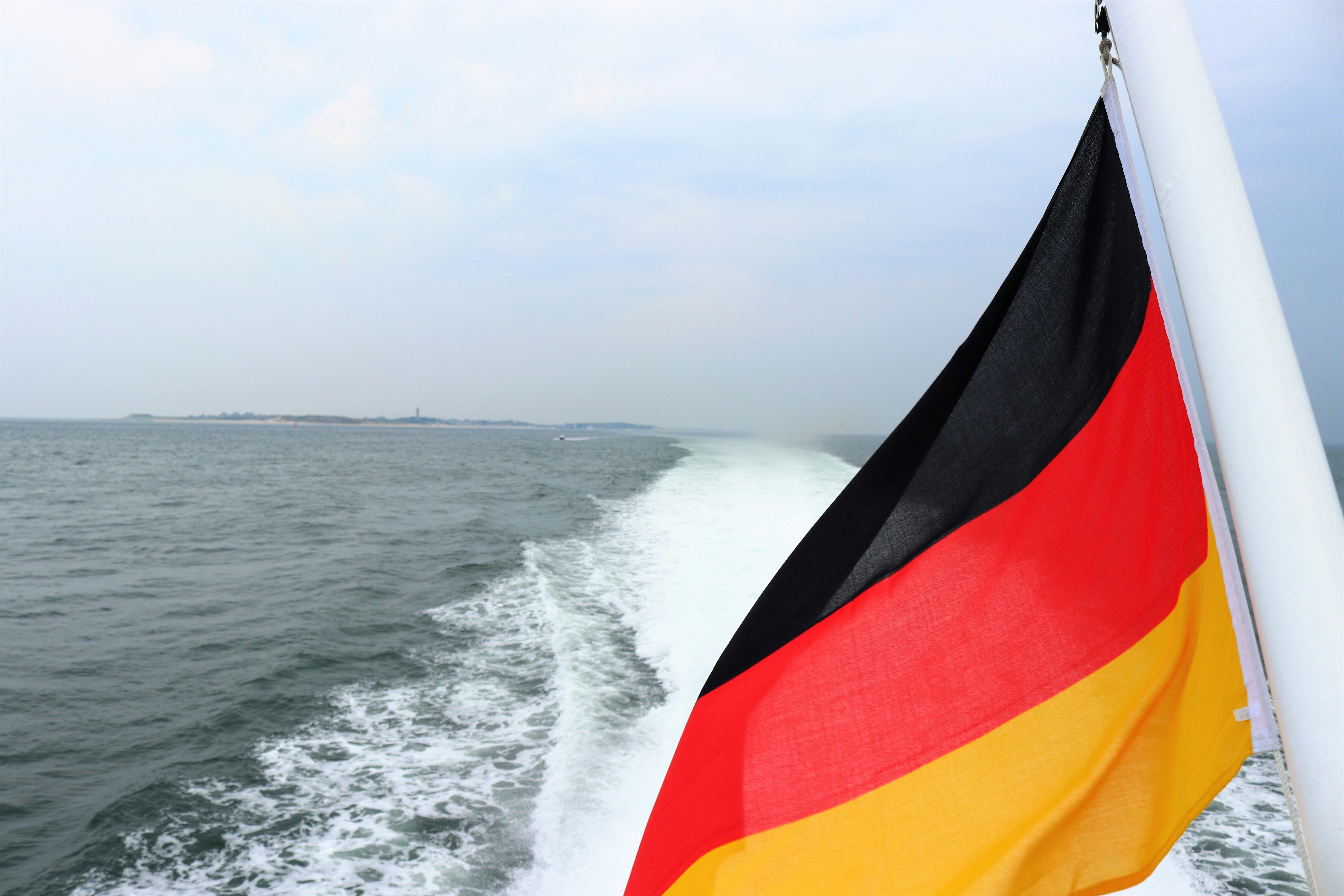Cart abandonment for retail is high (77%).
Cart abandonment for fashion is even higher (84%).
Cart abandonment for luxury fashion is higher still (88%).
Be it the high cost of returning clothing that doesn’t fit or ‘wishlisting’ a luxury item for the future, there’s a range of reasons why cart abandonment is higher-than-average on fashion marketplaces. Thankfully, there’s a range of ways to minimise cart abandonment on fashion marketplaces too. Here’s our top five.
Delivery
We’ve all been there. Whether it’s accidentally selecting an item on eBay from China or seeing the P&P from an Amazon retailer hit double figures, high delivery costs at checkout are a one-way ticket to cart abandonment. In fact, the RetailX Europe Fashion Report 2023 found that high delivery costs was the joint most common reason (36%) for abandoning an online clothing or accessory purchase.
But it’s not just the cost of delivery, it’s the time too. Not every marketplace or brand can offer Amazon Prime levels of speed, but there is a threshold consumers are willing to wait - especially if you offer ‘fast shipping’. For example, only 13% of Gen Z shoppers and 27% of Millenials will wait five days for a delivery, so any delivery time over a week runs the risk of being abandoned in favour of a faster competitor - especially as consumers often buy fashion short notice for a holiday or special occasion.
Fashion marketplace tips: Depending where you look, 40-75% of online shoppers expect free shipping (particularly if the product is of high value), but free shipping might not be viable for your bottom line. Instead, look at ways to reduce shipping costs or incorporate them into the final price of the product (and then proudly state ‘free shipping’). Meanwhile, analyse and match your competitors’ delivery times, but remember that delivery cost is almost 3x more important to consumers than speed (57% vs 20%).
Returns
The ‘returns dilemma’ is common across ecommerce, but particularly prevalent in fashion with online buyers more likely to buy multiple sizes and styles to decide what fits (and then return the others). Returns can cost fashion brands up to 66% of the original price of the item, but an unclear returns policy can lead to the item being abandoned before it’s even ordered.
Not every brand can offer free returns - it’s not financially viable or environmentally sustainable - but cost is less important than clarity. For example, many major fashion brands, such as Uniqlo, Zara and Mango, charge for returns, but avoid widespread customer backlash by highlighting the need to charge for sustainability reasons.
Fashion marketplace tips: What fashion customers don’t like (and leads to high cart abandonment) is an unclear or complicated returns policy, so they don’t know if they can get their money back or exchange an item if it doesn’t fit. Brands should outline the returns policy clearly with a long return window to inspire trust.
Competitive pricing
To minimise cart abandonment on fashion marketplaces, first think clarity, then think competitiveness. In fact, 36% of fashion buyers say they left a cart because they found the item cheaper elsewhere. This is a particular issue at the upper end of the fashion market (where products are luxuries not necessities) as buyers are more likely to have a change of heart when faced with the final checkout price (and then look for a cheaper alternative from a less renowned brand).
Price competitiveness is particularly vital on fashion marketplaces as your garments or accessories are lined up next to your competitors - not only giving shoppers simple price comparison, but enabling them to easily choose an alternative too.
Fashion marketplace tips: Competitive pricing is easier said than done, especially if you use finer, better raw materials in your clothing or accessories. However, brands should highlight why the product is more expensive and avoid any extra or hidden fees at checkout (i.e. surprising customers with sales taxes or shipping costs at the end is more annoying than being upfront).
Mobile-friendly listings
We’re living in a mobile world with over half of shoppers (55.4%) using their phones to make purchases. For fashion buyers, the mobile desktop split in Europe is almost even (49% vs 51%) in Central and Western Europe, so if your products’ essential information is not clear on a mobile interface (i.e. the photos are too large, the images slow down the scroll or the formatting is all over the shop), the risk of cart abandonment increases.
What’s more, many people might scroll through items on their phone, but save the purchase for later if the buying process seems complicated (and then forget to make the purchase). On the flip side, mobile-friendly listings transform every moment - be it consumers commuting on the bus or lounging in the park - into a potential sale opportunity.
Fashion marketplace tips: Put yourself in your customer's shoes and scroll through your listings via mobile. Do the images look good? Are returns and delivery policies stated upfront? Can you easily access the info you need to make a purchase? If not, it’s worth tweaking.
Friction
Checkout friction is checkout frustration. Unless you offer sign-up-and-save discounts (i.e. 15% off your first order at Crocs), most customers don’t want to create an account or register their details bar the bare minimum, so brands should offer seamless checkout flows to avoid cart abandonment.
That means no unnecessary requests (i.e. rate the experience or subscribe to our newsletter). That means no unrelated product nudges (i.e. get these beanies half price with your trainers purchase). That means no complicated billing info (i.e. register your card).
Fashion marketplace tips: Selling on marketplaces, brands don’t tend to have control over the UX, checkout flow or payment options, but can still remove friction from the process by only asking for the most essential information to make the purchase. Remember: the less clicks, the less quits.
Fashion marketplace support
Fashion brands might not have full control over online marketplace’s checkout flow, but that doesn’t mean you can’t minimise cart abandonment. Proactively addressing these five areas will help you increase your marketplace sales.
For more advice, get in touch with sales@richinsight.co.uk






Blog Comments